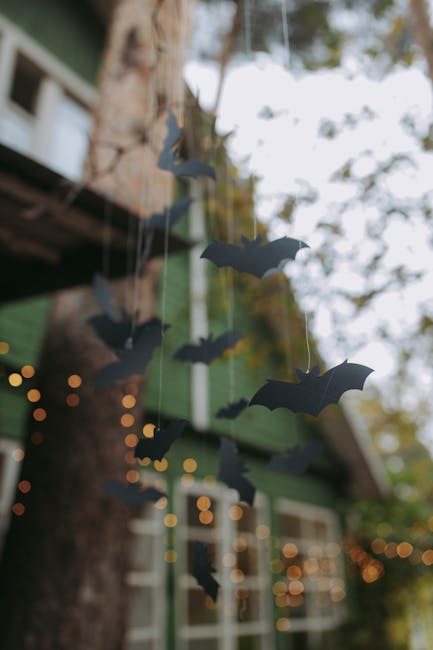Understanding and Pruning Grassy Irises: A Guide to Dietes Care
Many gardeners tidy up their spaces in late winter, clearing away dead leaves to encourage fresh, vibrant growth. If you’re growing grassy irises like the bicolor iris (Dietes bicolor) or African iris (Dietes vegeta), you might wonder if these plants, with their long, slender, grass-like leaves, also need a trim. In this guide, we’ll explore the taxonomy of these striking plants and provide clear advice on whether cutting them back is necessary for healthy growth.
Clarifying the Name: What Are Dietes?
Before diving into care tips, let’s clarify the nomenclature of these plants. The genus Dietes belongs to the iris family and consists of rhizomatous plants. Originally, they were classified under the genus Moraea, but botanists reclassified them due to their rhizomes—underground stems that differ from the bulbous corms of Moraea. With numerous common names like African iris, fortnight lily, butterfly iris, bicolor iris, Japanese iris, and wood iris, it’s easy to see why confusion arises. For consistency, this article refers to species within the Dietes genus, and the care tips apply to all varieties under these common names.
Routine Maintenance for Healthy Dietes
Maintaining your grassy irises doesn’t require much effort, but a little attention goes a long way. Here’s how to handle routine care:
- Remove Damaged Leaves: As needed, use pruning shears to cut brown or yellow leaves back to the base of the plant. Make a clean, sharp cut straight across the leaf blade, close to the crown.
- Prevent Self-Seeding: If you wish to stop the plant from spreading via seeds, use scissors to snip just below the green seedpod and remove it.
- Manage Spent Blooms: Pinch or clip faded flowers, but avoid removing a healthy flower stalk. It will continue producing new blooms. Once the stalk shows clear signs of decline, prune it back to the crown.
Should You Do a Major Cutback?
The short answer is yes—cutting back your Dietes completely is perfectly fine and often beneficial. If your plant has been neglected for years and displays more brown or yellow leaves than green, a drastic trim can rejuvenate it. Think of it as a reset, similar to how ornamental grasses are cut back. After a thorough chop, especially in late winter, new leaves often sprout quickly, revitalizing the plant’s appearance by spring.
Ideally, perform this major pruning in fall. However, if you don’t get around to it until spring—even when new growth is emerging—don’t worry. Many gardeners have delayed trimming until warmer weather without harming the plant. Post-cutback care is simple: water these drought-tolerant plants thoroughly after pruning and apply a balanced fertilizer (with equal parts nitrogen, phosphorus, and potassium) to support lush, new growth.

Image Caption: A bicolor iris cut back in late winter, already showing new growth. Photo by Gretchen Heber, © Ask the Experts, LLC. All rights reserved.
Tips for Pruning Success
When pruning your grassy irises, whether for a light touch-up or a full cutback, keep these tips in mind:
- Use Sharp Tools: Clean, sharp pruning shears or scissors ensure precise cuts and minimize damage to the plant.
- Assess Regularly: Periodically check your Dietes for signs of decline. A quick trim of dead foliage can prevent a larger mess later.
- Enjoy the Reward: After pruning, you’ll be greeted with an abundance of fresh, spiky, green foliage—a testament to a job well done.
Share Your Experience
How do you care for your bicolor or African irises? Do you know them by a different name? We’d love to hear your tips, tricks, and unique nicknames for these beautiful plants. Drop a comment below and join the conversation!








